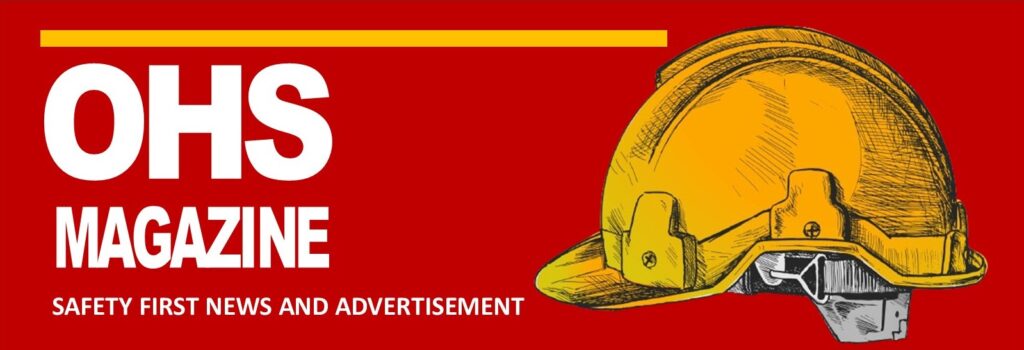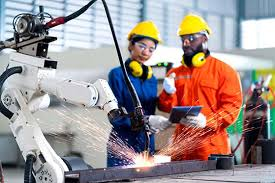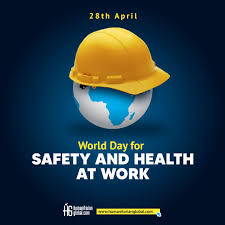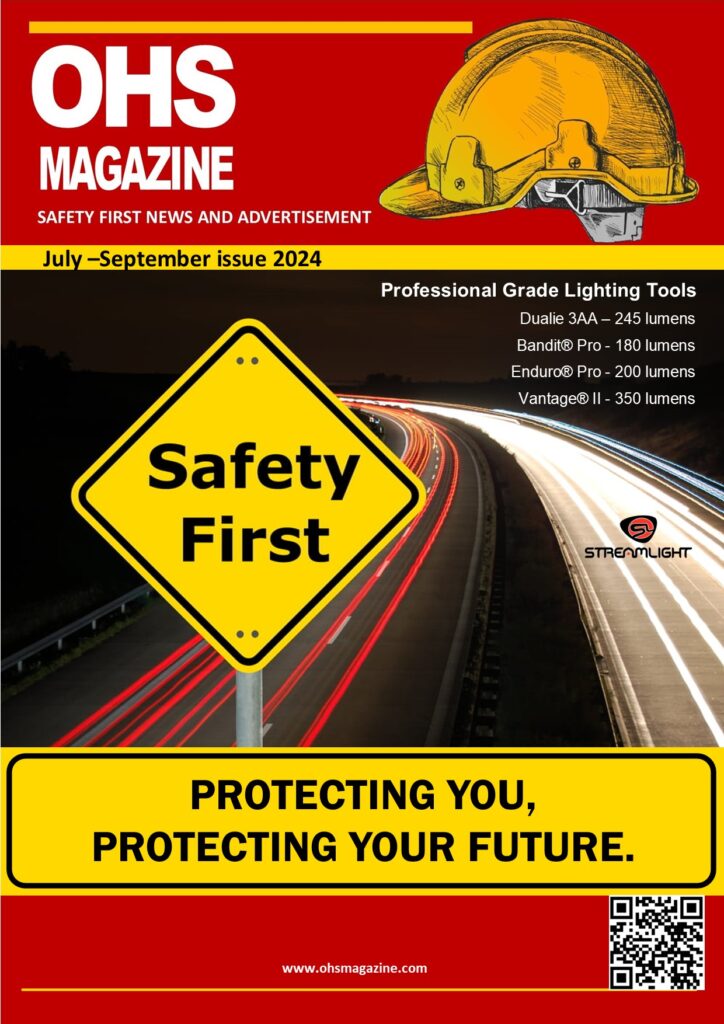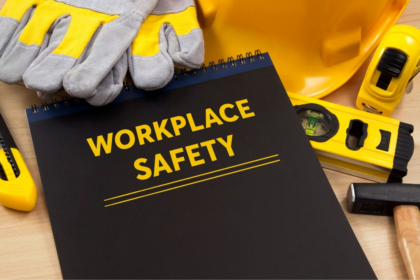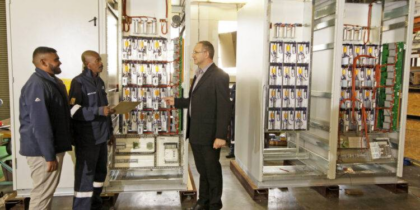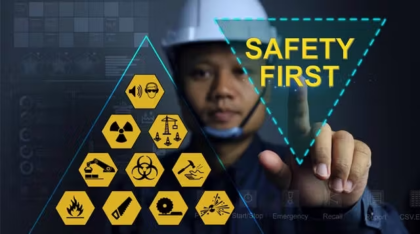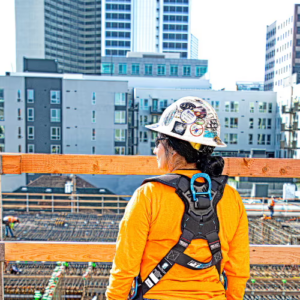Robotics for Hazardous Tasks: Revolutionizing Occupational Health and Safety. In a significant stride towards enhancing occupational health and safety, robotics technology is increasingly being deployed to perform hazardous tasks across various high-risk industries such as construction, mining, and manufacturing. This transformative application of robotics is mitigating the exposure of human workers to dangerous environments, thereby drastically reducing the incidence of work-related injuries and illnesses.
Reducing Exposure to Occupational Hazards
In industries where hazardous conditions are prevalent, the integration of robotics is proving to be a game-changer. Traditional manual labor in these sectors often involves exposure to extreme temperatures, toxic substances, and high-risk physical activities. The use of robots, equipped with advanced sensors and automation capabilities, allows these tasks to be carried out with precision and without direct human intervention. Robotics for Hazardous Tasks: Revolutionizing Occupational Health and Safety.
For instance, in the construction industry, robots are now being utilized for tasks such as demolition, bricklaying, and welding. These activities typically pose significant risks to workers, including exposure to harmful dust, debris, and the risk of structural collapses. Robotics not only performs these tasks more efficiently but also ensures that human workers are kept at a safe distance from potential hazards.Robotics for Hazardous Tasks: Revolutionizing Occupational Health and Safety.
Enhancing Safety in Mining Operations
The mining industry, known for its inherently dangerous working conditions, has also witnessed substantial benefits from robotic technology. Underground mining operations often expose workers to life-threatening risks such as cave-ins, explosions, and prolonged exposure to harmful dust and gases. Robots, equipped with sophisticated navigation and sensing systems, can conduct exploratory and extraction activities in these perilous environments. This reduces the need for human presence in the most dangerous zones, significantly lowering the likelihood of accidents and occupational diseases such as silicosis.
Automating Hazardous Manufacturing Processes
Manufacturing processes often involve repetitive tasks that can lead to ergonomic injuries, as well as operations involving hazardous materials. Robotics has been instrumental in automating these processes, thereby enhancing both efficiency and safety. For example, robotic arms are now widely used for handling heavy loads, assembling components, and conducting quality inspections in environments that might be unsafe for human workers due to chemical exposure or risk of injury from machinery.
Safety Compliance and Future Prospects
The integration of robotics in hazardous task management is not only a technological advancement but also a critical compliance measure with occupational health and safety regulations. By reducing human exposure to risk, companies are better able to adhere to stringent safety standards set by regulatory bodies such as OSHA (Occupational Safety and Health Administration).
Looking forward, the role of robotics in occupational safety is expected to expand further. Advances in artificial intelligence and machine learning are likely to enhance the capabilities of robots, making them even more effective in identifying and mitigating potential hazards. As these technologies evolve, the goal of achieving zero-harm workplaces becomes increasingly attainable.
Conclusion
The deployment of robotics in hazardous tasks marks a significant milestone in the quest for safer workplaces. By minimizing human exposure to dangerous environments and automating high-risk activities, robotics is revolutionizing occupational health and safety across various industries. This technological progression not only safeguards the well-being of workers but also paves the way for more efficient and sustainable industrial operations. As we continue to embrace these advancements, the future of workplace safety looks promisingly secure.
